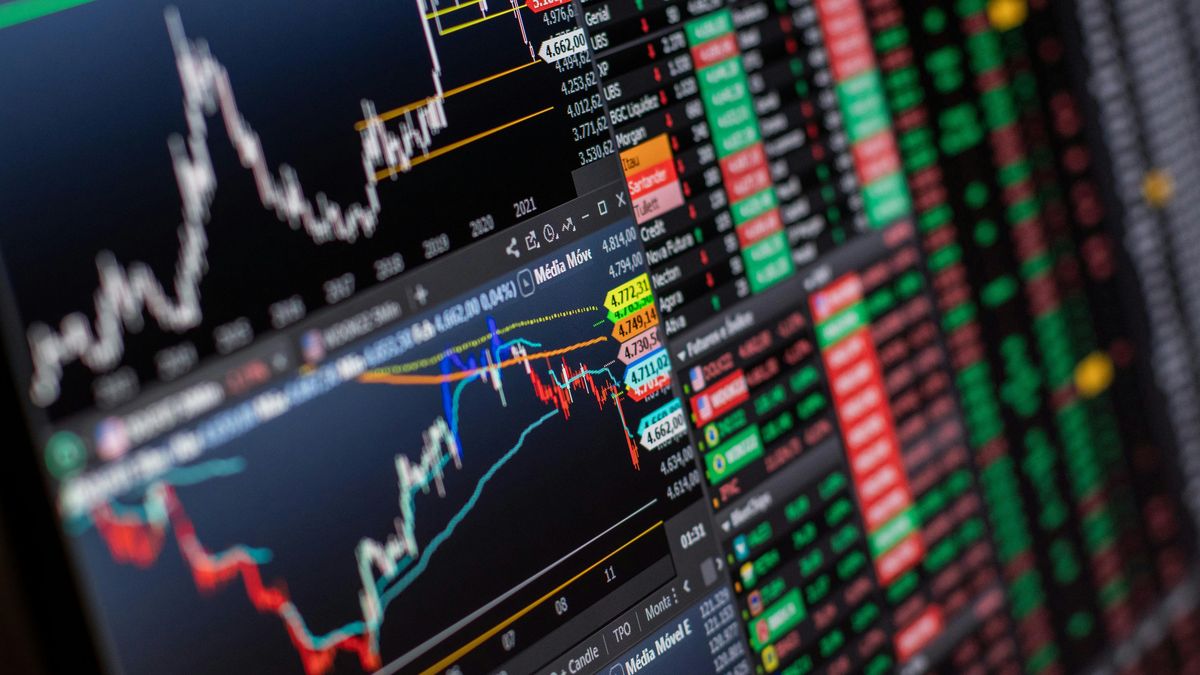He risk country closed at its lowest historical monthly value, if the Uruguay Risk Index (IRU) that prepares the Electronic Stock Exchange (Bevsa), which fell from 79 to 64 basis points in April.
Although the level on May 10 was slightly higher, at 68 basis points, the level is much lower than the 105 basis points of the same month last year, according to data from the monthly bulletin of Bevsa, at a time when the country continues to consolidate investments and has its best credit rating.
Furthermore, if the monthly evolution is observed, it is detected that on the tenth day of the month the index reached its lowest value in the history of its calculation and publication, of just 56 basis points.
The Irubevsa measures the spread debt yield Uruguay in dollars regarding the debt of USA (US Treasuries). The index is constructed through the spreads between the CUD and UST curves, for the different nodes. In the case of last month, it was observed that, in the long term, yield spreads tend to be considerably higher than for short terms.
The greater the spreads between these curves, that is, the greater the yield of the CUD compared to the yield of the UST, the higher the Irubevsa will be, while the smaller the difference in yields between both curves, the smaller it will be.
Irubevsa.jpg
An appreciable decrease in the historical series
On the other hand, if the historical evolution of the index is observed, a clear drop can be seen over time, which, beyond some moments of increases, positions the country among the best in its class at the regional level.
In its evolution in recent years, the Irubevsa reflected the impact of the 2008 crisis, having registered a jump that placed it at levels of 915 basis points, and then fell until reaching a minimum of 108 in October 2012.
Although in mid-2013 it stabilized around 200, it increased to 346 basis points in February 2016 and registered a downward trend until 113 in February 2018, with several oscillations in subsequent years.
After reaching the highest record since May 2009 in March 2020 and reaching 420 basis points as a result of the impact of the crisis of the COVID-19, The index fell and, apart from some jumps, reached current levels.
The keys to achieving an even lower country risk
To continue climbing in the consideration of the rating agencies, which would result in an improvement of the country risk, Uruguay must “continue to improve the management of the public debt and move forward with your de-dollarization”, CPA Ferrere economist confided to Ámbito weeks ago, Giuliano Cantisani.
In that sense, he valued the importance of “improving fiscal institutions” and, on the tax rule, called for “explaining how the goals are formed and presenting plans for convergence to them in the event of deviations,” as well as the importance of “having a medium-term fiscal anchor, such as a target debt level or the estimation of debt thresholds.” ‘security’, to make management transparent.”
In this scenario, two potential risks also appear that Uruguay must do this year: fulfill the tax rule in an electoral year and prevent the plebiscite from being approved PIT-CNT against social security reform, which could cause an imbalance in the accounts.
Source: Ambito




